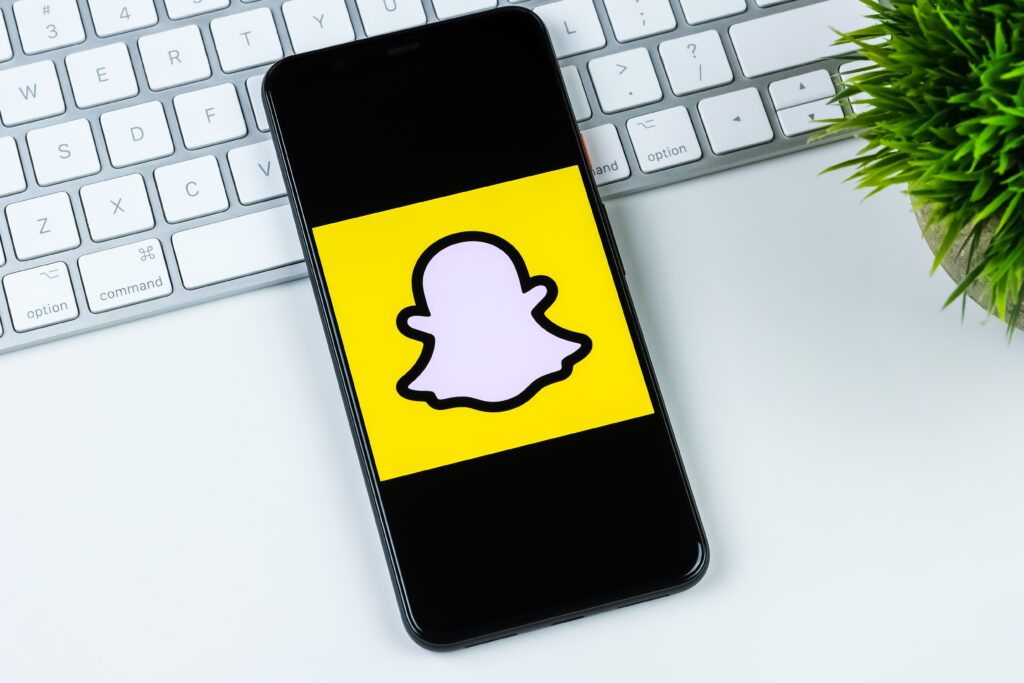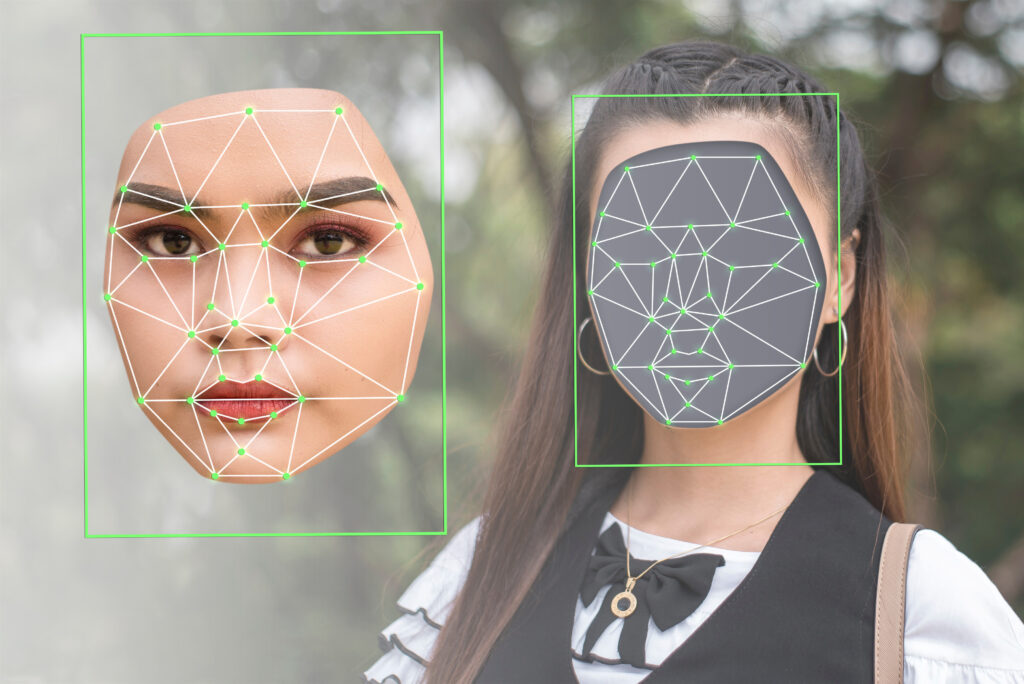
In the realm of social media, Instagram introduces Threads, a captivating new application that offers users a fresh and engaging experience. Threads, which requires users to have an Instagram account, was created to compete with Twitter. Upon downloading and launching the app, individuals are presented with the option to either create a new profile or seamlessly log in using their existing Instagram account credentials.
Threads welcomes users to customize their profiles by crafting unique bios and incorporating relevant links. Moreover, it grants the ability to effortlessly import information from their Instagram accounts, fostering a smooth transition into the Threads platform. With the flexibility to choose between a public or private profile, individuals can curate their online presence according to their desired level of privacy.
To enhance user connectivity, Threads also offers the opportunity to follow the same accounts as their Instagram counterparts. This feature allows for a seamless integration of existing social networks, enabling individuals to effortlessly stay connected with their preferred accounts across platforms.
With Threads, Instagram introduces a dynamic social media experience that amalgamates the familiarity of its predecessor with exciting new features, providing users with a truly captivating and immersive platform.
Privacy and Personal Data Collection
As you create your own account and begin to follow the prompts to join Threads, the following content is provided to you. Once you read the terms you are able to join the platform.
Powered by Instagram
Threads is part of the Instagram platform. We will use your Threads and Instagram information to personalize ads and other experiences across Threads and Instagram.
The fediverse
Future versions of Threads will work with the fediverse, a new type of social media network that allows people to follow and interact with each other on different platforms, like Mastodon.
Your Data
By joining Threads, you agree to the Meta Terms and Threads Supplemental Terms and acknowledge you have read the Meta Privacy Policy and Threads Supplemental Privacy Policy.
Is Thread’s a Safe App to Use?
Cyber Security experts and privacy experts warn consumers of the dangers associated with this platform.
In a recent CBS News article an associate professor of criminology and justice studies at Drexel University warns users to be on the lookout for privacy issues. The app is currently not available in the European Union, as they have strict privacy laws in place. Something to take note of since they have better consumer protection laws in place.
Although there are privacy concerns many users do feel as though their personal data, the success of Threads so far clearly shows many do not care about the personal data collected.
Adam Mosseri, Instagram’s head, confirmed a significant milestone on June 5th stating, “100 million people signed up for Threads in five days. I’m not sure I can wrap my mind around that fact. It’s insane; I can’t make sense of it.”
As this application continues to grow in popularity, it is being compared to its rival Twitter. Some are even calling Threads “The Twitter Killer”. Here’s why:
Threads is a text-based app allowing for pictures and videos to be uploaded as well. Users can have real-time conversations with one another allowing text posts to have a 500-character limit. With a similar appearance to Instagram Threads allows for users to share their posts from Threads directly to Instagram Stories.
According to CNN Business, despite Threads success and gained users, it is missing a lot of features Twitter currently offers. There is no desktop version available, direct messaging isn’t offered, and you are unable to edit posts.
Can you Search for Someone Through Threads?
As a Private Investigator, or someone conduct an online investigation, or social media investigation, this application is just another one to add to your list. If your person of interest has an Instagram account, checking Threads will be an important additional step to take when searching. Your subject may or may not have a public or private Threads account. According to Sportskeeda a gaming and tech site, “If someone you’re trying to follow has yet to join Threads, you will automatically follow them when that person joins the platform. Apart from that, you also have the option to follow specific friends by searching their names. Tap the Search Bar on the Search page to find your Instagram friend. Once you find them, tap the Follow button next to their profile name. You won’t find your Instagram friends in the search results if they haven’t joined Threads yet.
Will I be able to see a Public Threads account?
According to the Instagram help center, if a Threads profile is public, it is visible to everyone on Threads. You are also able to see the private profiles they follow and the private profiles that are following that account, like how Instagram currently works. Anyone and everyone will be able to see posts and feed on a public Threads account. Anyone can share links to an individual’s threads and all content is available to be shared through Instagram Stories. When public, any other users can share, repost, or quote another individual’s Thread content. Anyone on or off Threads can also embed another users’ posts.
As additional features are offered, and this app continues to gain traction more searching capabilities may become available. As always, this is something we will be monitoring at E-CHATTER, stay tune further additional information.





